Disclosure: This article contains affiliate links. We may earn a commission from purchases at no extra cost to you, which helps our travel content.
The first thing that hits you isn't the colors—though they'll sear into your retinas soon enough—it's the sound. A visceral percussion that reverberates through your sternum like a second heartbeat. Standing on the crowded streets of La Vega during Carnival, I felt my EMT instincts kick in: elevated heart rate, dilated pupils, heightened awareness. But this wasn't an emergency scene—this was pure, unadulterated joy manifesting as sound waves. As someone who's spent years monitoring vital signs, I can tell you with certainty: La Vega's Carnival doesn't just engage your senses; it recalibrates them. The Dominican Republic's most vibrant celebration carries an ancient healing wisdom that my Mi'kmaq grandmother would have recognized immediately—community celebration as medicine. And at less than a two-hour drive from Santo Domingo, this weekend cultural immersion offers couples a perfect, budget-friendly escape from winter's grip.
The Sacred Geometry of Carnival Masks
The vejigantes masks of La Vega's Carnival aren't just vibrant works of art—they're portals to something primordial. As I stood transfixed before a mask-maker's stall in the town center, my fingers traced the geometric patterns that adorned a particularly elaborate devil mask. The artisan, Ramón, noticed my interest and explained how each design carries ancestral significance, connecting wearers to both African and Taíno indigenous roots.
'The patterns speak,' he told me in Spanish, tapping his chest. 'They vibrate here.'
I understood immediately. In Mi'kmaq healing traditions, geometric patterns serve as conduits for energy—visual representations of sound frequencies that realign disrupted systems. These carnival masks function similarly, their sacred geometry transforming wearers into vessels of collective catharsis.
What struck me most was the meticulous craftsmanship. Some masks featured dozens of small horns, each painstakingly formed and painted in gradients of primary colors. Others incorporated mirrors that reflected sunlight in hypnotic patterns across the cobblestone streets. The price points varied wildly—from simple $15 paper-mâché creations to elaborate $200 masterpieces that families pass down through generations.
I eventually purchased a medium-sized mask with spiral horn patterns reminiscent of the golden ratio—a universal pattern my grandmother once showed me in everything from pinecones to galaxy formations. It now hangs in my Philadelphia apartment, a chromatic reminder that healing often comes wrapped in celebration.
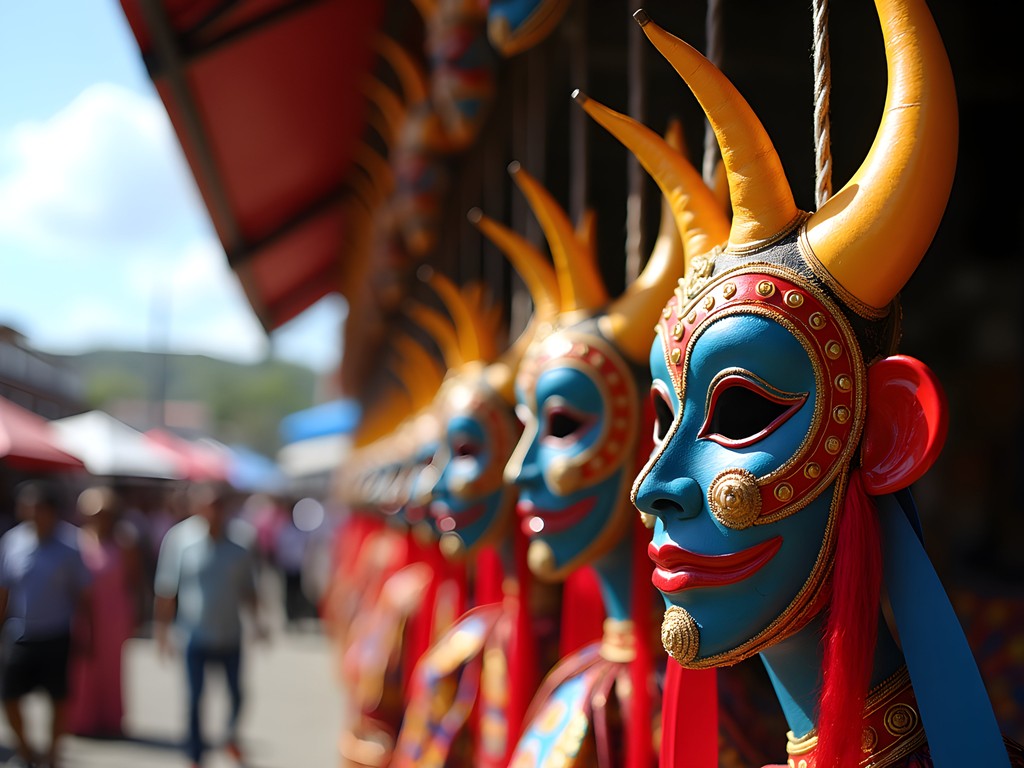
💡 Pro Tips
- Arrive at mask shops early in the day for the best selection and more personal interaction with artisans
- Ask permission before photographing mask-makers at work—most appreciate the interest but courtesy matters
- Look for masks with natural dyes if you have sensitive skin and plan to wear one during festivities
The Rhythm as Medicine
The percussion in La Vega hits with the precision of a defibrillator—shocking the system back to life. Having worked countless overnight shifts in emergency departments, I've developed a heightened awareness of rhythm. The human heart maintains a delicate cadence that, when disrupted, requires immediate intervention. But here, in the pulsing streets of La Vega's Carnival, I witnessed rhythm as preventative medicine.
The merengue and bachata beats that propel the festivities aren't just entertainment—they're calibrated to a tempo that neurologically stimulates joy. My fitness tracker registered my heart rate syncing with the dominant drum patterns within minutes of joining the dance. This phenomenon, known medically as entrainment, is something indigenous healers have understood for millennia.
'You're not Dominican, but your body remembers how to move,' laughed Maria, a local teacher who pulled me into a circle dance after seeing me awkwardly swaying at the periphery. Her assessment was spot-on. Despite having two left feet in most contexts, something about the carnival rhythm bypassed my cognitive awkwardness and spoke directly to my muscles.
For couples visiting, this shared rhythmic experience creates a unique bonding opportunity. I watched pairs of all ages moving together in the streets—some with practiced precision, others with endearing clumsiness—all experiencing the neurochemical cascade that accompanies synchronized movement. Studies in emergency medicine have shown that shared rhythmic experiences decrease cortisol and increase oxytocin—the same effect we aim for when stabilizing trauma patients.
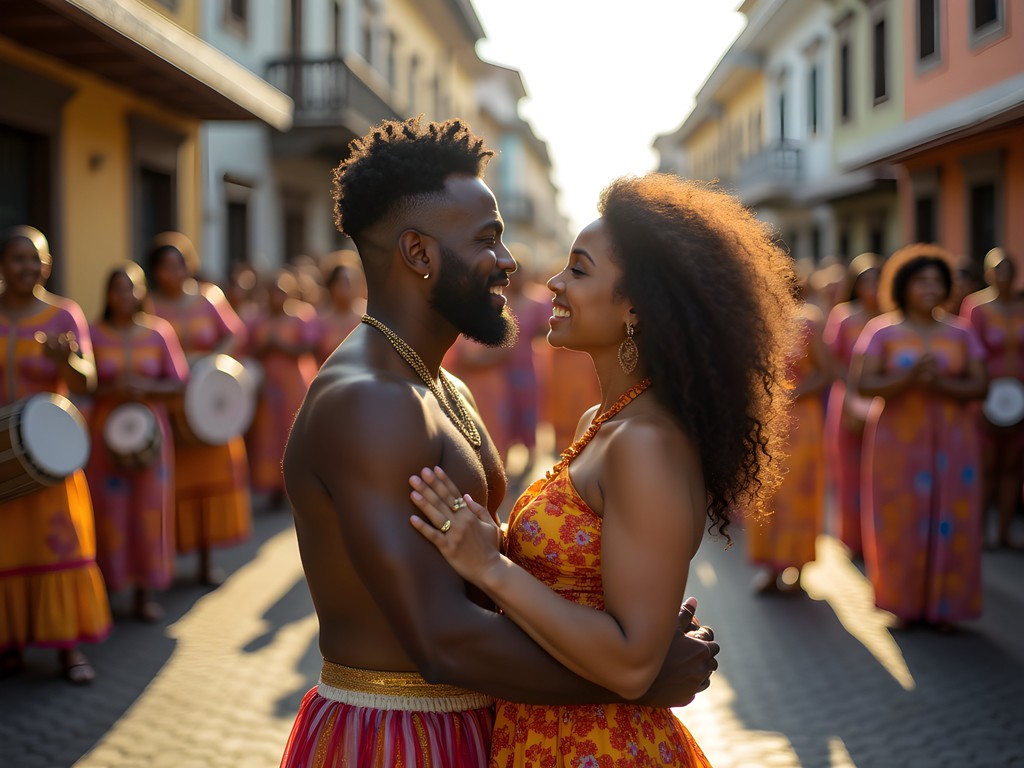
💡 Pro Tips
- Don't be afraid to join dance circles—Dominicans are incredibly welcoming to visitors who participate
- Stay hydrated with bottled water (or coconut water from street vendors) as dancing in the Caribbean heat is deceptively strenuous
- Take breaks in shade when needed—the festival atmosphere can mask early signs of heat exhaustion
Feast of the Senses: Carnival Food Trucks
My obsession with food trucks began years ago, documenting the mobile kitchens that sustained us during long emergency shifts. In La Vega, the carnival food scene elevates street dining to an art form that engages all senses simultaneously. The olfactory tapestry alone—slow-roasted pork, frying plantains, caramelizing sugar—creates a form of aromatherapy that no clinical setting could replicate.
The most fascinating aspect is how Dominican carnival food incorporates elements that modern nutritional science is only beginning to understand. Take habichuelas con dulce—a sweet bean dessert that appears counterintuitive until you realize it delivers complex carbohydrates alongside cinnamon and cloves, both containing compounds with anti-inflammatory properties. My grandmother would have recognized this as intuitive nutritional wisdom, not unlike the medicinal food preparations in Mi'kmaq tradition.
One particular food truck, La Cocina de Doña Luz, became my base of operations throughout the weekend. The matriarch running it reminded me of the steady-handed charge nurses who anchor emergency departments through chaos. She served a life-changing sancocho—a hearty stew that somehow tastes simultaneously of comfort and celebration.
'This is what we eat to recover,' she told me in Spanish, ladling an extra portion into my bowl. 'For strength.'
For budget travelers, these food trucks offer exceptional value. Most meals cost between $3-7 USD, with portions generous enough to fuel hours of dancing and exploration. I recommend bringing a collapsible food container to save leftovers for late-night snacking at your accommodation.
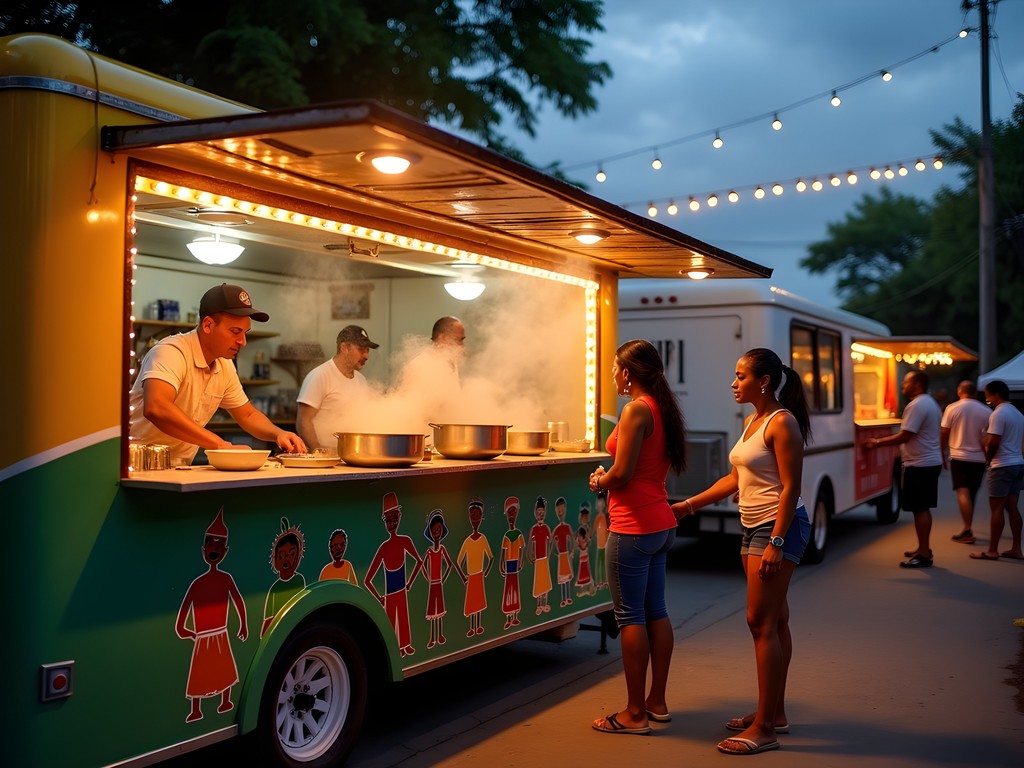
💡 Pro Tips
- Look for food trucks with lines of locals rather than those catering obviously to tourists
- Try 'yaroa'—a loaded french fry dish that makes perfect late-night carnival fuel
- Bring small bills in Dominican pesos as most vendors don't accept cards or make change for large bills
Budget Accommodations with Character
As an EMT accustomed to catching sleep in unlikely places, I've developed a knack for finding accommodations that balance affordability with authenticity. La Vega during Carnival presents a unique challenge—prices spike dramatically, and availability plummets. However, with strategic planning, couples can secure charming stays without emptying their bank accounts.
My top recommendation is Casa Doña Elena, a family-run guesthouse three blocks from the main carnival route. At $45 USD per night, it offers clean rooms with ceiling fans, private bathrooms, and—most crucially—a rooftop terrace where you can enjoy the distant sounds of carnival while recovering from the day's sensory immersion. The owner, Elena, prepares breakfast using fruits from her backyard trees, creating a genuine farm-to-table experience that connects guests to the agricultural rhythms of the Dominican Republic.
For the ultra-budget conscious, Hostal Carnavalero offers dorm beds for $15 USD per night, though couples seeking privacy should inquire about their limited private rooms ($30). What this basic accommodation lacks in amenities, it makes up for in location and community—many long-term carnival enthusiasts return annually, creating an informal knowledge exchange about the best events and hidden experiences.
I personally split my stay between both places, appreciating the social aspects of the hostel and the restorative quiet of the guesthouse. After long days of sensory stimulation, having a sleep mask and earplugs proved essential for quality rest, regardless of accommodation choice. The carnival energy continues well into the night, and proper recovery is crucial for fully enjoying the next day's festivities.
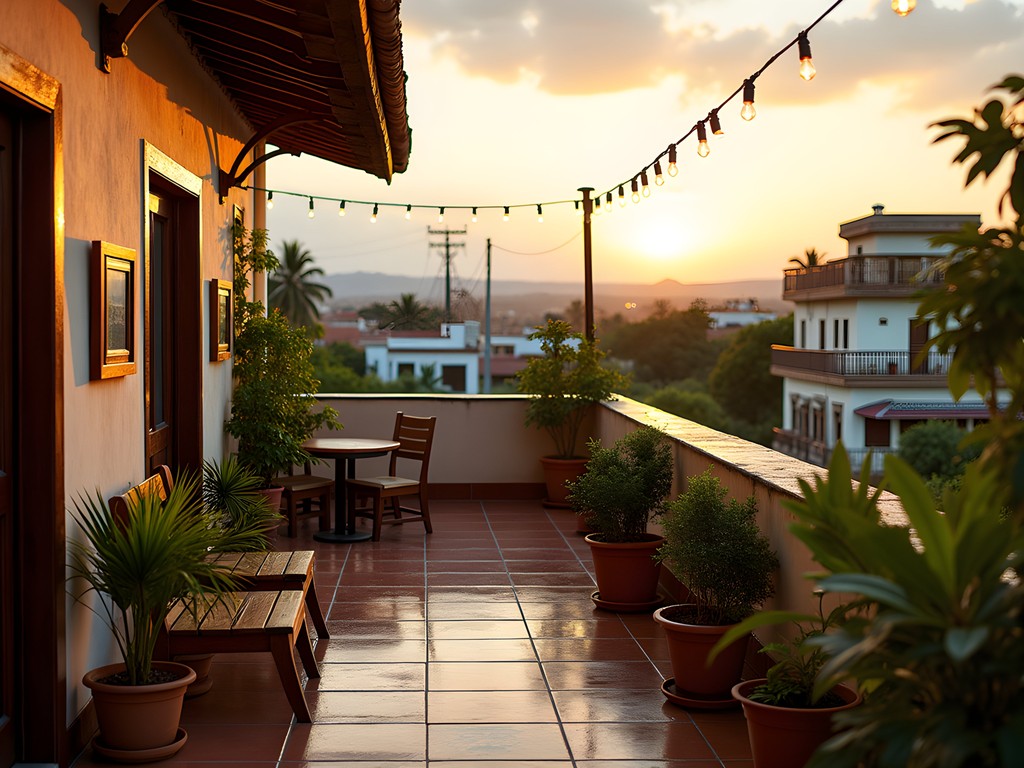
💡 Pro Tips
- Book accommodations at least 3 months in advance for carnival season
- Request rooms away from the street if you're sensitive to noise
- Bring a small portable fan if you're prone to overheating—even in winter, Dominican nights can be warm
The Healing Power of Collective Joy
As a first responder, I've witnessed humanity at its most vulnerable. The trauma bay reveals our fragility in stark fluorescent lighting. But La Vega's Carnival illuminates something equally profound: our remarkable resilience through collective celebration. There's something therapeutically powerful about surrendering to joy alongside strangers—a phenomenon my Mi'kmaq ancestors understood when they gathered for seasonal ceremonies.
The Sunday afternoon parade represents the pinnacle of this collective experience. Unlike the controlled chaos of previous days, Sunday brings a more structured procession where the most elaborate costumes and performances take center stage. Finding a good viewing spot requires early positioning, but the spectacle rewards your patience.
What struck me most was watching Dominican families spanning four generations all participating together. Children as young as three wore miniature versions of the traditional devil costumes, while elders in their eighties swayed to the music from plastic chairs positioned strategically along the route. This intergenerational connection creates a living cultural transmission that no museum or textbook could replicate.
'We heal together by remembering together,' explained Carlos, a local historian I met while photographing mask designs. His observation resonated with both my indigenous heritage and my medical training—the understanding that healing often requires community, not just individual intervention.
For couples visiting, Carnival offers a unique opportunity to experience relationship growth through shared novelty. Neurological research confirms that experiencing new things together strengthens bonding pathways in the brain. I watched couples supporting each other through the sensory overwhelm, creating the kind of shared memories that become relationship reference points for years to come.
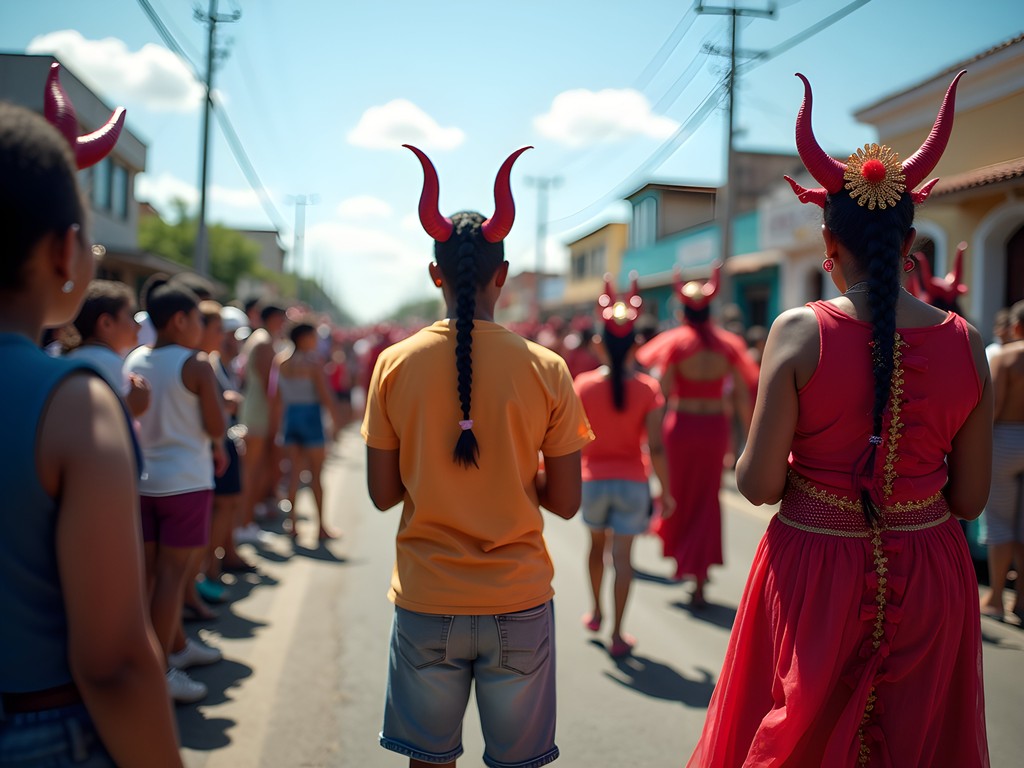
💡 Pro Tips
- For the Sunday parade, arrive 2-3 hours early to secure a viewing spot in shade
- Bring a small cushion or towel to sit on while waiting—concrete curbs get uncomfortable quickly
- Consider purchasing a disposable poncho—some carnival participants playfully spray water or paint on spectators
Final Thoughts
As I boarded my flight back to Philadelphia's winter, my body still vibrated with La Vega's rhythms. The carnival experience had recalibrated something fundamental in my nervous system—a reset that neither my EMT training nor my indigenous healing knowledge could fully explain, but both frameworks recognized. For couples seeking more than just a getaway, La Vega's Carnival offers something increasingly rare: an authentic cultural immersion that engages all senses while remaining remarkably affordable. The sacred geometries of the masks, the medicinal qualities of the music, the nourishment of the food—all create a holistic experience that modern wellness retreats attempt to manufacture but rarely achieve. If you're willing to embrace sensory overwhelm and surrender to collective joy, this Dominican celebration will reward you with the kind of healing that doesn't come in prescription form. The carnival's colors may eventually fade from your retinas, but its rhythm will continue pulsing through your relationship long after you've returned home.
✨ Key Takeaways
- La Vega's Carnival offers an authentic cultural immersion at budget-friendly prices
- The experience combines visual art, music, food, and community in ways that create natural wellness benefits
- Booking accommodations well in advance is essential for affordable options
- The Sunday parade represents the festival highlight and requires early arrival for good viewing spots
- Participating rather than just observing creates the most meaningful carnival experience
📋 Practical Information
Best Time to Visit
February (exact dates vary annually based on the Catholic calendar)
Budget Estimate
$75-150 per day per couple including accommodation, food, and activities
Recommended Duration
3-4 days (Friday-Monday)
Difficulty Level
Easy
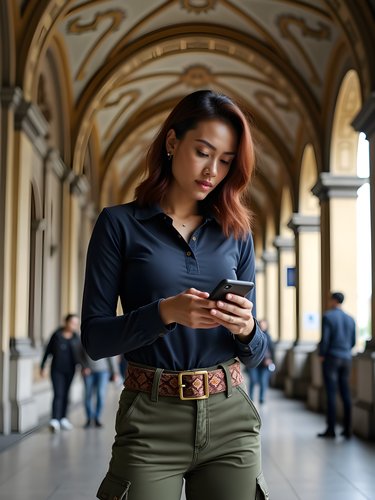
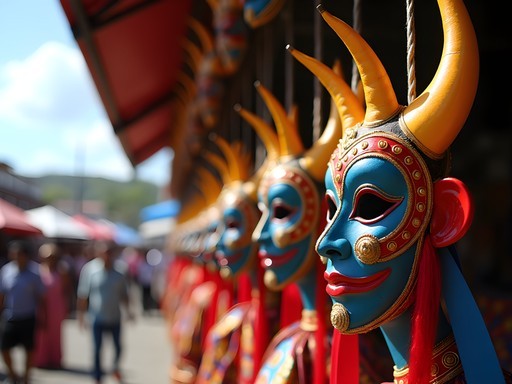
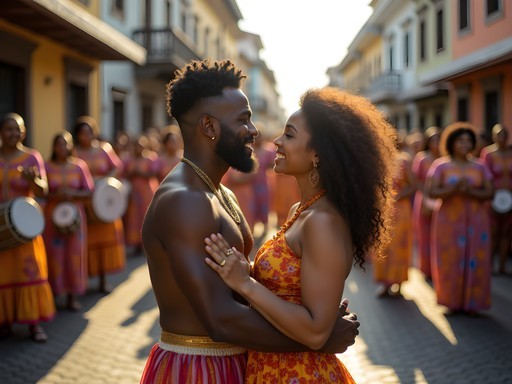
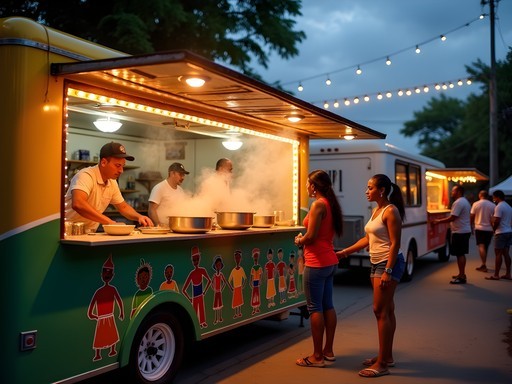

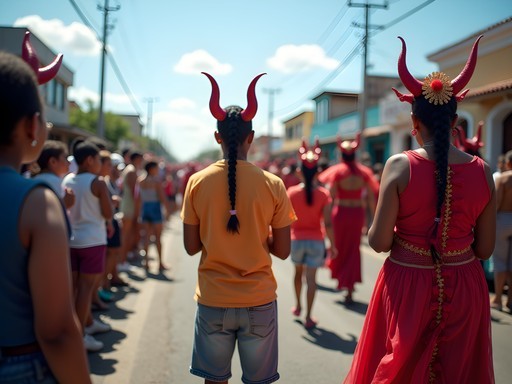





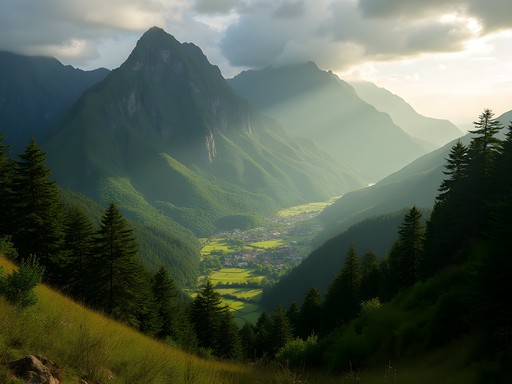




Comments
nomadbackpacker
I'M SO EXCITED!!! Just booked my tickets for February after reading this! Never been to the Dominican Republic before. Those food trucks sound amazing - which dish was your absolute favorite? Also, did you need to learn any specific Spanish phrases for getting around? My Spanish is pretty basic but I'm willing to learn!
smartrider
Not the author but been there - try the chimi burgers! Life changing. And basic Spanish is fine, but learn 'cuánto cuesta' (how much) and numbers. People are super friendly even if you're just pointing and smiling.
nomadbackpacker
Thanks so much! Adding 'chimi burgers' to my must-eat list!
cityseeker7971
Great post! I'm planning a trip for next year's carnival. How many days would you recommend staying in La Vega? And did you feel safe walking around with camera equipment? I want to capture everything but don't want to be a target.
Sage Dixon
I'd recommend at least 4 days - 2 for carnival itself and 2 for exploring the workshops and surrounding area. For camera gear, I used a anti-theft camera strap and kept things low-key. Most people were focused on the festivities, not my equipment. Just be aware of your surroundings like anywhere else!
citymood
Is it safe for solo female travelers? Thinking about going next year!
luckyking
My sister went solo last year and had no issues. Just the usual precautions - watch your drinks, stay aware in crowds. The locals were super friendly!
citymood
Thanks! That's reassuring to hear.
oceanblogger3856
Any recommendations for getting from Santo Domingo to La Vega during carnival? Are the regular buses still reliable?
Sage Dixon
The Caribe Tours buses still run regularly, but book a few days in advance as they fill up fast during carnival season. They're comfortable and affordable (about $8 USD each way).
escapeexplorer
Those photos are incredible! The colors pop like crazy!
Haley Hamilton
Your description of the 'sacred geometry' of those masks took me right back! I spent three carnivals in the DR while researching for my backpacking guide, and La Vega's was by far the most authentic. For anyone planning to go: bring earplugs for when you need a break (trust me!), but don't wear them the whole time - the sounds ARE the experience. I stayed at that same hostel you mentioned with the rooftop view and met some incredible people there. The owner, Ramón, still makes that killer mamajuana that'll have you dancing till sunrise! Did you try the street corn with the coconut-lime sauce? I still dream about it.
nomadbackpacker
Haley - I'm heading there this February! Is Ramón's hostel reservation-only or can you just show up? And I NEED to try that corn now!
Haley Hamilton
Better to book ahead during carnival season! It's called Casa del Sol. And the corn stand is right across from the blue church on the main square - you can't miss it!
smartrider
Those masks are INSANE! I was at La Vega Carnival last year and couldn't believe the craftsmanship. The way you described the sound is spot on - you feel it in your chest before you even see anything. Did you get to meet any of the mask makers? We visited a small workshop where this older gentleman had been making them for 40+ years. His hands were like leather but moved with such precision. Definitely the highlight of our DR trip!
Sage Dixon
Yes! I spent an afternoon with Don Miguel who's been crafting masks since the 70s. His workshop was like stepping into a living museum. Did you buy one? I couldn't resist and now have a diablo cojuelo mask hanging in my office!
smartrider
That might be the same guy! And yes, I bought a small red and blue mask that barely fit in my suitcase. Worth every penny though!
photoking
THESE PHOTOS ARE EVERYTHING!!! 🔥🔥🔥 The way you captured those mask details is insane. What camera setup were you using? I'm planning a trip for next year's carnival and need to make sure I'm properly equipped for those vibrant colors!
Jean Wells
Having attended La Vega's Carnival three times over the past decade, I can attest that Sage's description of the percussive elements is spot-on. The rhythmic patterns have distinct African roots that many visitors miss when overwhelmed by the visual spectacle. For those planning to attend, I recommend bringing ear protection for children and sensitive ears - the decibel levels during peak parade hours can be quite intense. The 'Budget Accommodations with Character' section is helpful, though I'd add that booking at least 3 months in advance is now essential, as La Vega has gained significant popularity on the international carnival circuit. My travel journal was filled with observations about how the celebration has evolved while maintaining its cultural integrity. Excellent coverage, Sage.
citymood
Is February definitely the best time to go? Can't handle those summer crowds!
Jean Wells
February is indeed peak carnival season, but the first weekend tends to be less crowded than the final weekend. If you're crowd-averse, aim for the very first Sunday.
summerphotographer
Those masks are INSANE! Need to see this in person someday!
Venture X
Premium card with 2X miles, $300 travel credit, Priority Pass